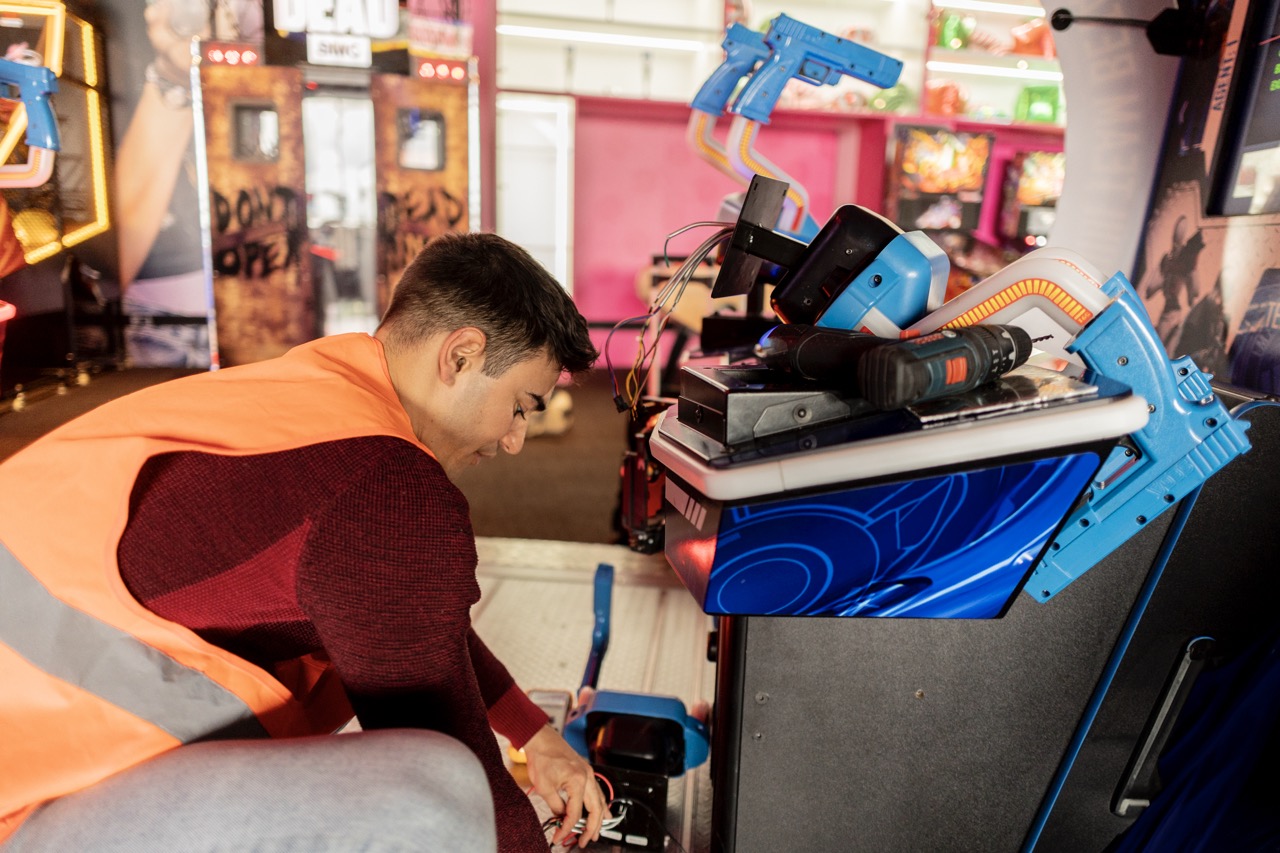When it comes to video games that pushed the envelope, few titles come to mind as quickly as "House of the Dead." A staple in arcades and later on home consoles, this rail shooter has been synonymous with gory thrills and shocking visuals since its debut in the late ’90s. But what exactly makes this game so mesmerizing? This article dives into the gory appeal of "House of the Dead," the meticulous behind-the-scenes work that crafted its iconic moments, the game’s impact on video game culture, and why it continues to maintain a cult following years after its initial release.
The Gory Appeal: What Makes "House of the Dead" Thrilling?
"House of the Dead" is renowned for its over-the-top violence and shocking imagery, serving as a playground for horror enthusiasts and gamers who thrive on adrenaline. The game’s zombies are grotesque, often depicted in grotesque detail that pushes realism to its limits, creating a visceral experience that keeps players on edge. The thrill of blasting through hordes of the undead, complete with splattering blood and dismembered limbs, heightens the sense of urgency and engagement. Each encounter feels like a race against time, intensifying the gameplay experience.
Moreover, the combination of an engaging storyline and relentless action contributes significantly to its gory appeal. Players find themselves immersed in a narrative filled with suspense, unexpected twists, and horrifying revelations. The game’s mechanics, such as slow-motion sequences and boss battles, further amplify the shock value, making every moment memorable. The thrill of witnessing the unexpected keeps players coming back for more, eager to test their skills against increasingly horrifying adversaries.
Finally, the nostalgic value of "House of the Dead" can’t be overlooked. For many gamers, it represents a rite of passage in the gaming world—a badge of honor earned by conquering terrifying levels and survival of the most gut-wrenching encounters. This nostalgia, combined with its campy yet engaging elements, ensures that "House of the Dead" remains a thrilling experience that continues to shock players, even decades after its original release.
Behind the Scenes: Crafting the Shock and Awe Experience
Behind the adrenaline-pumping action and shock-inducing visuals lies a dedicated team of developers who meticulously crafted each element of "House of the Dead." The game’s design process was an intricate blend of artistic vision and technical prowess. From character design to environmental aesthetics, every detail was purposefully constructed to evoke horror and excitement. The gruesome graphics and animations were groundbreaking at the time, drawing gamers in with their striking realism and imaginative flair.
Sound design played a crucial role in amplifying the game’s shock value. The eerie soundscapes and unsettling audio cues enhance the sense of dread, ensuring that players are constantly on high alert. The chilling moans of the undead, the unsettling background music, and the satisfying sound of gunfire all work in concert to create a truly immersive atmosphere. The synergy between visuals and audio transports players into a world filled with fear and adrenaline, making each moment feel palpable and intense.
Additionally, the game’s developers also took innovative strides in gameplay mechanics. The rail shooter format allowed for a linear yet dynamic experience, effectively guiding players through suspenseful settings while giving them the autonomy to shoot at will. This blend of structure and freedom is a significant aspect of what makes "House of the Dead" so captivating. By focusing on player agency amidst a tightly controlled narrative, the developers created an experience that maximizes both shock and engagement.
The Impact of Shocking Scenes on Video Game Culture
"House of the Dead" didn’t just shock players; it also left a significant mark on video game culture and the broader landscape of horror gaming. By showcasing graphic violence and horror elements in an interactive format, it paved the way for other titles that would explore similar themes. Games like "Resident Evil" and "Silent Hill" owe a nod to the groundwork laid by "House of the Dead," as they also sought to blend immersion with heart-pounding terror. As these titles emerged, the expectations for storytelling and visual fidelity in horror games began to evolve.
The shocking scenes in "House of the Dead" sparked discussions about violence in video games, contributing to ongoing debates about the impact of graphic content on players, particularly younger audiences. While some critics condemned games like "House of the Dead" for their violent portrayals, others defended them as vital to storytelling and emotional engagement. This conversation not only shaped the regulatory landscape surrounding video games but also influenced how developers approached the creation of horror themes in gaming.
Moreover, the game’s success helped usher in a wave of arcade shooters that emphasized quick reflexes and high scores, encouraging friendly competition among players. The cooperative gameplay elements fostered social interaction, as friends gathered to share the thrill of blasting through zombie hordes. This environment of camaraderie and competition contributed to the game’s lasting legacy, as it set the stage for future multiplayer experiences and community-driven gaming phenomena.
Why "House of the Dead" Remains a Cult Classic Today
Despite the advancements in graphic fidelity and gameplay mechanics over the years, "House of the Dead" has solidified its status as a cult classic. Part of this enduring appeal lies in its unique place in gaming history, representing a time when arcade culture was at its peak. Gamers often reminisce about the experience of standing side-by-side with friends, anxiously shooting at waves of zombies while competing for high scores. This shared nostalgia keeps the spirit of "House of the Dead" alive in the gaming community.
Moreover, the game’s campy charm and over-the-top absurdity have made it a beloved title for retro gaming enthusiasts. The quirky dialogue and characterizations add a layer of humor to the horror, allowing players to appreciate the game on multiple levels. While many horror games aim for pure fright, "House of the Dead" balances its gruesome elements with a sense of fun, ensuring players can laugh as much as they scream. This lighthearted approach contributes to its lasting appeal, making it an enjoyable experience regardless of age.
Finally, the advent of reboots and remastered versions has introduced "House of the Dead" to new generations of gamers. With updated graphics and enhanced gameplay mechanics, these newer iterations retain the essence of what made the original so special while appealing to contemporary audiences. The game’s enduring legacy is a testament to its impact on gaming culture, ensuring that "House of the Dead" will continue to shock and entertain for years to come.
In summary, "House of the Dead" stands as a defining title in the world of horror video games, captivating players with its shocking visuals, compelling gameplay, and lasting impact on gaming culture. The combination of intense action, immersive sound design, and well-crafted narratives has made it a timeless classic that defies the boundaries of traditional gaming. As new generations discover this iconic title, it’s clear that the shock value of "House of the Dead" will continue to resonate, securing its place in gaming history for years to come.










